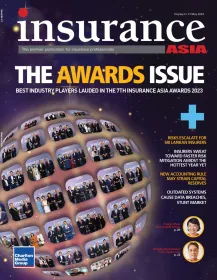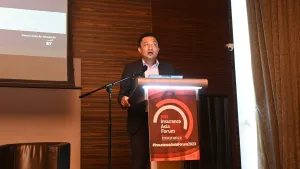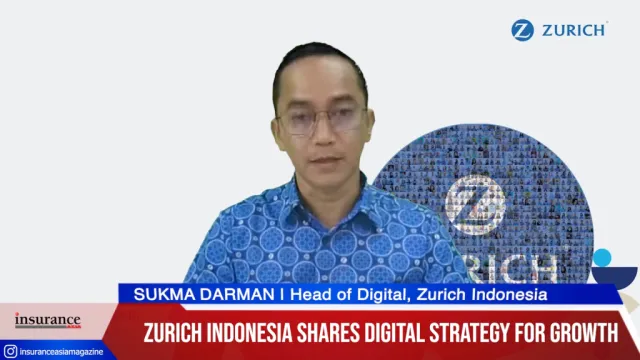Insurance trends in Asia
By Woo Shea LeenCustomer Centricity and Technology remain the two key themes as the Insurance sector continues to seek growth amidst margin pressures, regulatory demands, and savvy customers in Asia.
InsurTech brings the promise of disruption to an industry that has remained largely the same for more than a hundred years. Although the industry has seen a number of exciting new innovations and new business models within the past decade such as the Billing-as-a-Service model to reduce overheads. InsurTech start-ups do the insurance ecosystem a great service by identifying service gaps and providing innovative solutions to enhance customer experience.
Still, PwC’s Global FinTech Survey in June 2016 found that whilst 9 in 10 insurance executives believe that at least part of their business is at risk of disruption, less than 43% of insurers have InsurTech at the heart of their corporate strategies and only 28% explore partnerships with start-ups.
Pacing InsurTech adoption
Insurers, being proponents of extremely well-calculated risk, are likely to start with low-risk InsurTech options that may appear unexciting to the entrepreneurial community, but still packs potential to have a transformational impact on the business. External factors should not dictate the pace at which the industry adopts change. A well calculated, step-by-step approach is still the best way to set the pace of adoption.
One of the first steps is to get the house in order – ensure systems and processes are in place and prepare people for changes to follow. For example, leveraging data must start with Data Management before implementing Data Analytics, Predictive Analytics, and Prescriptive Analytics. An insurer would be ill-advised to push out new offerings based on predictive analytics if they have not figured out basic data management.
Getting the Fundamentals right
Data and Analytics form a key pillar of the Digital push driving the future of insurance where new technologies allow leaders to make more informed decisions about how best to serve customers, stay relevant, and remain competitive. Insurers should narrow their immediate focus on improving data sourcing, storage, cleansing, usage, and protection.
Insurers sit on large data goldmines, but not leveraging it to the fullest potential. This is a perfect storm situation where on the one hand, insurers are seeking growth opportunity amidst margin pressure, while on the other hand, they are sitting on the very information that can propel the business forward.
Bottom-line improvements through risk and cost reduction include leveraging existing data and analytics programmes to generate risk insights and utilise new approaches to underwriting risks and predicting loss. Better data management and reporting processes could also reduce employees’ reporting burden.
Additionally, automating some of the lower level underwriting and claims processing would free up employees to focus on higher value-adding activities instead. One example would be Robo-Claims Adjusters that promise to reduce claims processing time and costs whilst increasing company and customer satisfaction. Some of these technologies have the potential to similarly shift low-value-add tasks away from the agency force and free up their time to focus on customer-centric high-value-add services that will have top-line impact.
Outlook and way forward
In the early days of FinTech, Financial Institutions faced much regulatory and security concerns when partnering with start-ups. PwC’s Global Digital IQ Survey found that Financial Services Executives are conscious of the need to proactively plan for cyber and privacy risks. As InsurTech begins to gain momentum in Singapore and the rest of Asia, the industry will draw lessons from the banking sector and adopt innovations with adequate consideration for cyber security.
The product development and go-to-market roadmap is rather favourable to insurers as the game-changing disruptions tend to first hit other industries like retail, banking, transportation, and hospitality with the likes of Amazon, Uber, and Airbnb. This offers insurers the opportunity to observe the adoption of new consumer technologies, understand customer needs and expectations for new insurance solutions and interaction channels, and study the successes and failures of innovation across different industries and countries, before they develop new solutions for their specific clientele and geography.
PwC has identified the core business imperatives insurers can use as they develop a corporate roadmap to prepare for the new operating environment. Insurers who focus on getting their fundamentals right will be best placed to harness technology for their next stage of growth.












 Advertise
Advertise












